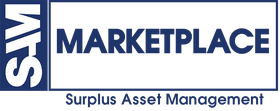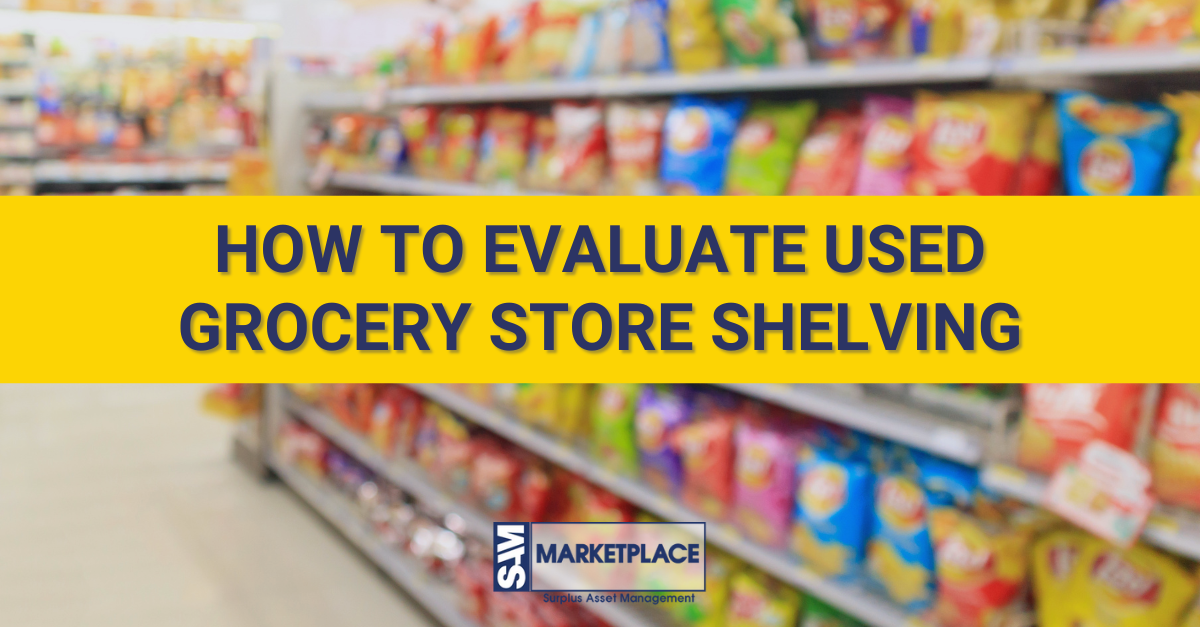Purchasing equipment for your grocery store can quickly add up, especially when your budget comes into play. But don't fear! If you want to save money while outfitting your business, there are several good options to find used grocery store equipment.
Optimizing space and efficiency is essential in the grocery industry. When setting up or upgrading a grocery store, used shelving can be a game-changer, offering considerable savings without compromising quality. In this guide, we'll walk you through the essential steps to effectively evaluate used grocery store shelving, ensuring you make the best informed decisions for your business.
1. Assess Your Store's Layout and Needs
Before diving into the world of used shelving, take a comprehensive look at your store's layout and merchandise needs. Consider factors like the available space, the type of products you sell, and the layout that facilitates a smooth shopping experience. Understanding your requirements is the foundation for selecting the right shelving units.
2. Determine Shelving Types
Grocery stores utilize various types of shelving to display all of their products. Common types include gondola shelving, wall shelving, end cap displays, and specialty shelving for specific products. Identify which types best suit your store's layout and needs. This step is crucial for creating the proper flow for your store.
3. Inspect Structural Integrity
Once you identify potential shelving units, inspect their structural integrity. Check for signs of wear and tear, rust, or damage. Ensure that the shelving is stable and capable of supporting the weight of your products. SAM Marketplace rigorously inspects each listed shelving unit's structural integrity, providing reliable options.
4. Evaluate Adjustability and Flexibility
Flexibility is key to adapting your store's layout to changing needs. You should also assess the adjustability of the shelving units. Can shelves be easily repositioned to accommodate different product sizes? This adaptability ensures that your shelving can evolve with your inventory.
5. Check for Brand Reputation
While evaluating used shelving, consider the reputation of the brand. Established brands often have a history of producing durable and high-quality shelving units. SAM Marketplace collaborates with reputable brands, ensuring their available used shelving options meet industry standards.
6. Look for Customization Options
Every grocery store is unique, and your shelving should reflect that. Seek shelving units that offer customization options that allow you to integrate signage, branding, or additional features tailored to your store's aesthetic and functional requirements.
7. Consider Aesthetic Appeal:
The visual appeal of your shelving contributes to the overall ambiance of your store. Choose shelving that aligns with your store's branding and enhances the visual appeal of your products.
8. Research Previous Use and Maintenance:
Understanding the history of the shelving units is important! Well-maintained shelving from a reputable source, like SAM Marketplace, ensures a longer lifespan and durability.
9. Explore SAM Marketplace:
With over 40 years of industry experience, SAM Marketplace is your trusted partner for procuring high-quality used grocery store equipment, like shelving. Our platform provides a seamless shopping experience, offering a diverse inventory from retailers you can trust. Benefit from the convenience of shopping based on your schedule and access reliable shelving options tailored to your business needs.
Evaluating used grocery store shelving is a strategic process that requires a balance of functionality, durability, and cost-effectiveness. SAM Marketplace simplifies this journey, offering a curated selection of used shelving units from trusted sources. Unlock the potential for savings and efficiency in your grocery store setup by exploring the diverse shelving options available on SAM Marketplace today.

